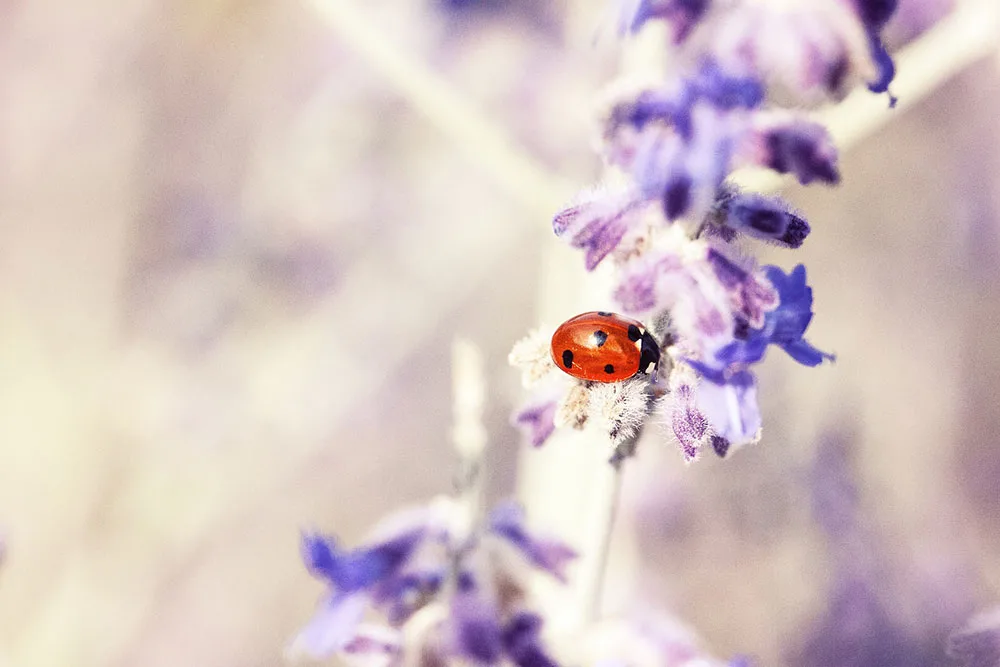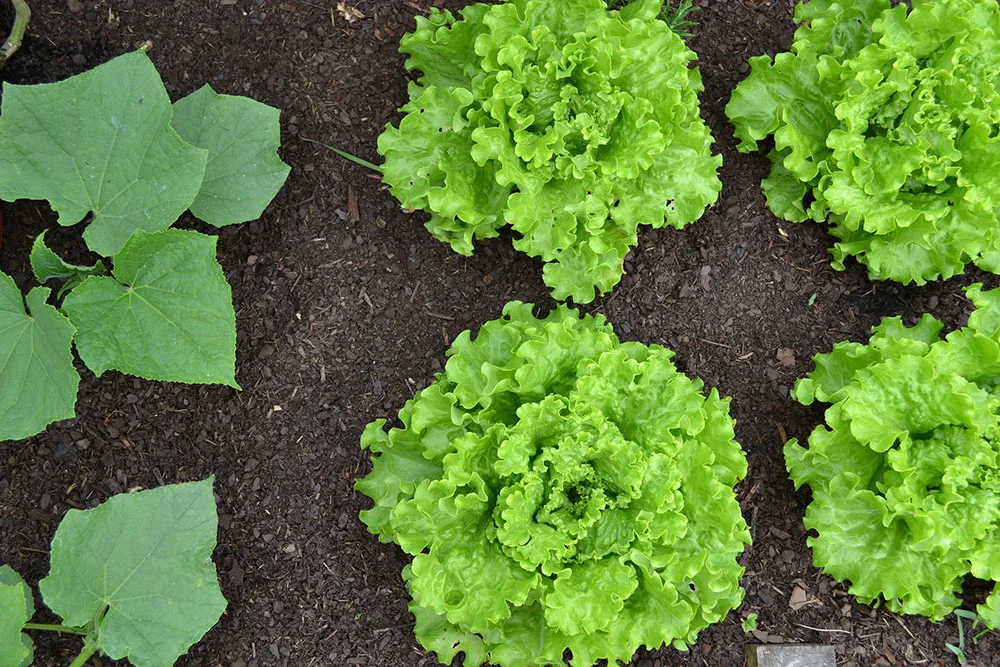Having a healthy and beautiful garden requires more than just having the right gardening supplies. A well-maintained space gives you great benefits throughout the year, with delicious vegetables and stunning flowers that you can plant together to maximize growth, health, and nutrient absorption.
You can easily achieve this through companion planting, which can give you excellent results in your garden. From attracting beneficial insects to keeping pests away and providing physical support, certain plant combinations are proven to be valuable.

You can even expect to see some increase in yield due to plants protecting each other from the different elements.
What is Companion Planting?
Companion planting refers to the planting of compatible plants next to each other so they can share mutual benefits. As one of the easiest ways to copy what nature already does but in the comfort of your own garden, companion planting will give your garden a wide variety of noticeable benefits.
Although it can seem tricky to mimic nature in your own garden, you can give your vegetables the best possible tools to grow healthily through companion planting.

Benefits of Companion Planting:
Saving space
If space in your garden is a big concern, companion planting can help you to use every bit of soil efficiently. Plant a vining plant under a tall one, like squash under corn. This way you can fill up valuable space that could otherwise be empty or filled with weeds.
The difference between the crops you plant together is what makes them work so well; planting tomato and carrots together works because tomatoes are heavy feeders and carrots are light feeders. Having them in the same space ensures that there is no competition between them, each having different seasons, nutrient need, and growth.

Adding shelter and support
Lettuce can greatly benefit from having peppers or tomatoes planted nearby, as the latter thrive under the sun and are taller than the former. Other plants like bushes can aid in protecting other vegetation from the wind by supporting plants that are much weaker.
And, should you require support for plants such as beans, planting corn in close proximity provides natural support. Beans will use corn as a climbing pole, removing any need for you to artificially create reinforcement.

Attracting beneficial insects
Insects have a higher chance of spending time in your garden, helping to pollinate it, if you have a wide variety of plants available. Butterflies, bees, and birds are essential for your garden’s healthy growth. They provide the best kind of pest control and pollination for your plants.
A diversity of plants and flowers with extended and different blooming periods are sure to keep pollinator and beneficial insects visiting your garden. Plant currants, crab apples, and hawthorn to make sure these friendly insects are daily visitors.

Plants like mint and onions fend off bugs like aphids, which are small insects that feed off plant sap, and anise attracts aphid predators. Flax also helps to keep pests away from root vegetables due to the oils it produces.
Lavender is a colorful flower that will keep pests at bay and your garden healthy. Cosmos flowers should be planted near your vegetable garden to attract predatory insects, such as ladybugs.

Helping the soil
To help keep the soil moist and free from erosion, it’s always a great practice to utilize companion plants. Shading soil can be extremely helpful in times of drought, with plants like cucumbers an ideal choice.
In addition, open soil patches can be a waste of space, and companion plants can be beneficial in terms of nutrients.
Beans, for example, help to restore nitrogen in the soil and other macronutrients. Low-growing plants with broad leaves, such as marigolds and buckwheat, are ideal solutions to both improve your soil’s structure and to suppress weed growth.

Avoid Trees for Companion Planting
Trees are known to monopolize the nutrients in the soil, which makes them a bad choice for companion planting. They also tend to dominate the available sunshine by towering over vegetables.
Walnut trees have roots that release into the soil a chemical that prevents other plants from growing around it. With extensive root systems, eucalyptus compete with other plants for soil nutrients. Additionally, some of these tree species release a chemical from their leaves that prevent nearby plants from thriving.
Companion Plant Examples and Their Combative Counterpoints
Certain plants work together better than others, growing and thriving due to their mutual protection against insects. Deterring insects is always one of the main gardening goals, as you want your crops or flowers to grow with little to no issues. Certain plants also improve the flavor of others.
Here are some examples of compatible and combative plants that you can choose from for your garden:
Basil and Tomatoes
Basil and tomatoes are more than just a great cooking combination. In addition to improving tomatoes’ flavor when planted together, basil can help to deter tomato pests like aphids due to its strong scent.
Tomatoes Combative Plants: Potatoes, broccoli, cabbage
Basil Combative Plants: Cauliflower, cucumbers, cabbage

Squash, Beans, and Corn
Also known as the three sisters, squash, beans, and corn thrive together. Corn offers beans support, the beans pull nitrogen from the air into the soil, and the squash’s leaves protect the soil by creating a living mulch.
Squash Combative Plants: Potatoes, brassicas
Beans Combative Plants: Onions, garlic, peppers
Corn Combative Plants: Tomatoes, celery
Onions and Mint
Planted together, mint’s strong scent prevents the onion fly from attacking the onions. Mint, however, is an invasive plant, so it’s advised to plant it separately in containers around the onions.
Onion Combative Plants: Asparagus, beans, peas
Mint Combative Plants: Parsley
Leeks and Carrots
Carrot flies can be very troublesome for carrots, and leeks are susceptible to leek moths. When planted next to each other, these two plants’ scents work to keep away each other’s pests.
Carrots Combative Plants: Parsley, dill, potatoes
Leeks Combative Plants: Bush and pole beans, peas

Companion planting is not an exact science, but this should help you get started with some of the most commonly known beneficial plant companions, along with which combinations to avoid.
